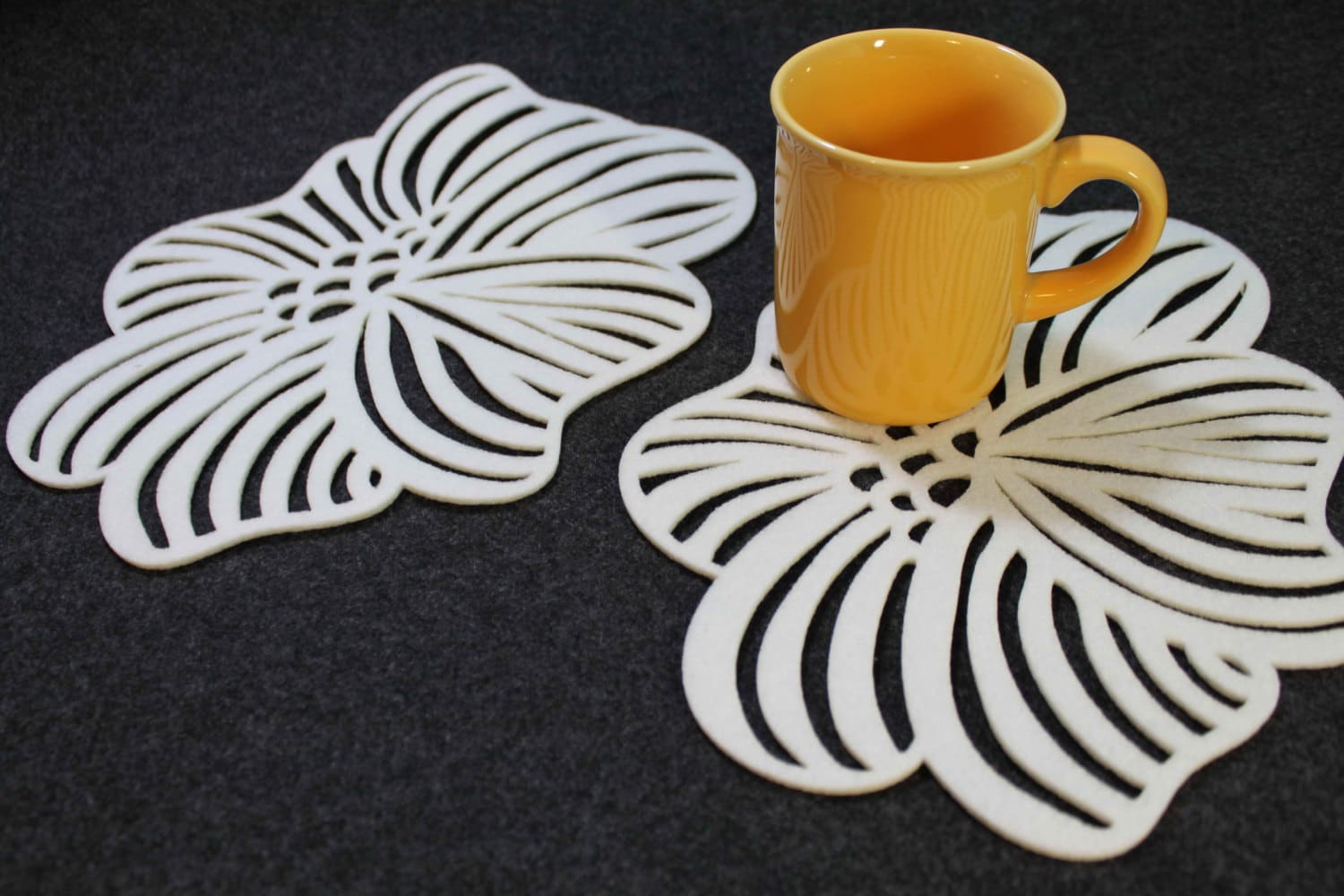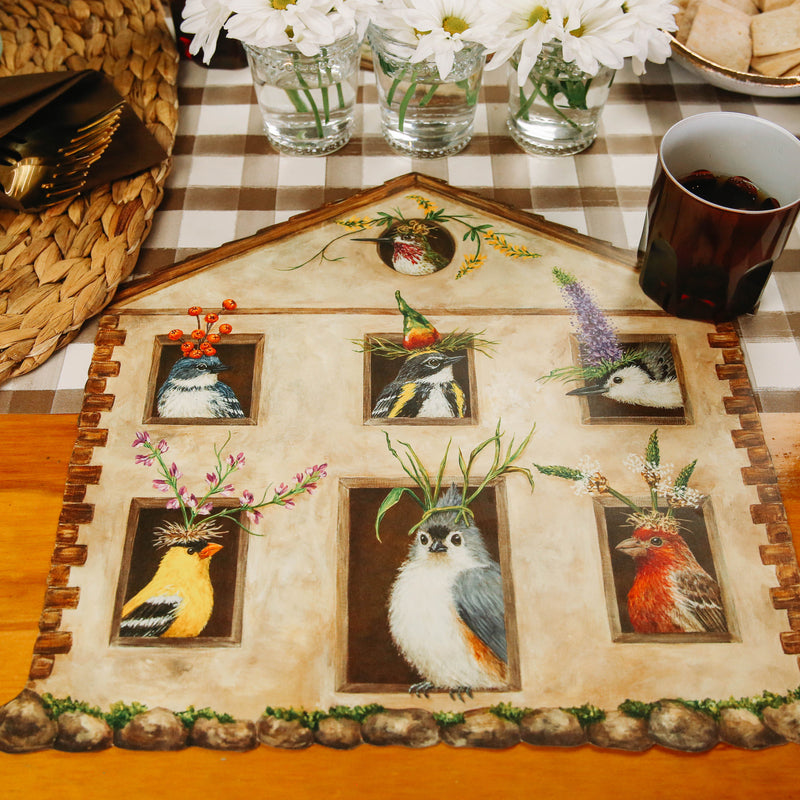Top Guidelines Of Top News Sites
Top Guidelines Of Top News Sites
Blog Article
Unique Art for Beginners
Table of ContentsAll About Unique ArtNot known Incorrect Statements About Unique Art A Biased View of Unique ArtThe Greatest Guide To Unique Art
While one might question which art form holds precedence, the reality remains that each of these seven kinds offers an unique window right into human background, society, and evolution. They are the tapestries that chronicle our journey, advising us of our past while motivating visions for the future.Wonderful art work narrates, makes people look twice, and develops a special experience that can't be matched. Art and images communicate all of that with color, shape and various other layout elements. Find out how to make your distinct art work attract attention from the group.
3 Emil DervishIn this entryway by Emil Dervish that gorgeous cobalt blue door steals the show. To bring also more drama, he extended the paint. to the doorframe and the wall surface up, ending up in an arched shape. The curves, in addition to a spherical sconce, soften the sides - Unique Art. Then structures vintage posters and maps of cherished locations set the scene.
8 TRIA GIOVANEqual parts grand and laidback, this entrance hall made by Anthony Baratta is the excellent blueprint to comply with if you're decorating a formal entry that still really feels unfussy and comfy. Patterned fabrics take spotlight (see the rugs and the sofa), but they also aid bring the high ceilings to a human range when hung over wallpaper.
9 Simple Techniques For Unique Art
18 Heidi Caillier DesignA gallery wall does not need to occupy the entire room. Sometimes a little one can make a bigger style statement. In this living-room, Hiedi Caillier went with micro-mini structures and a random make-up. Ad - Continue Analysis Below19 Stephen Kent JohnsonDesigner Juan Carretero chose a deep eco-friendly paint color to contrast with the light timber surfaces.
, the expression of concepts and emotions, with the production of specific aesthetic qualities, in a two-dimensional visual language. The components of this languageits shapes, lines, colours, tones, and texturesare made use of in different ways to create sensations of volume, room, motion, and light on a level surface. These components are incorporated right into expressive patterns in order to represent actual or mythological phenomena, to translate a narrative motif, or to produce wholly abstract visual partnerships.
Later the notion of the "great musician" created in Asia and Renaissance Europe. Noticeable painters were paid for the social standing of scholars and courtiers; they authorized their work, decided its design and often its subject and images, and developed a much more personalif not always amicablerelationship with their clients. During the 19th century painters in Western societies began to lose their social position and protected patronage.
The 4-Minute Rule for Unique Art
Others earned a revenue via continue reading this visiting exhibits of their job. The demand to appeal to an industry had replaced the similar (if much less impersonal) demands of patronage, and its impact on the art itself was possibly comparable. Usually, artists in the 20th century might reach an audience just with commercial galleries and public museums, although their job might have been sometimes replicated in art regulars
For the background of paint in ancient Egypt, see Egyptian art and architecture. The development of painting in various regions is dealt with in a variety of write-ups: Western painting; African art; Main Eastern arts; Chinese painting; Islamic arts; Japanese art; Oriental art; Indigenous American art; Oceanic art and architecture; South Oriental arts; Southeast Asian arts. For a discussion of the imitation of masterpieces, see imitation. For a conversation of the role of painting and various other arts in faith, as well as of the usage of spiritual symbols in art, see religious significance and iconography. For information on other arts associated with paint, see write-ups such as attracting; individual art; printmaking. , even when a painting's narrative symbolism is rare.
Don't replicate the design of various other artists if you're trying to discover your design. Duplicating other individuals's artwork can be excellent in academic functions yet it will not make you closer to finding your very own one-of-a-kind design. Your artistic design has to be, what you like and what inspires you.

The Unique Art Ideas
You need to attempt lots of different alternatives and check out every little thing before you can concentrate on one particular design or you'll be burnt out, or even worse, you'll hate your own design. I suggest you to try every single subject that you're interested in, discover as much as you can. Try various tools that thrill you and new methods you have actually never tried prior to.
With time you'll have the ability to arrange every one of them into your preferred and least favorite classifications. Attempt to focus your interest on the topics my sources and tools that you like and prior to you see it coming you'll have your very own individual and unique design, like no person else have! So in the end you'll have a few favored based on repaint and possibly a few favored mediums.

Report this page